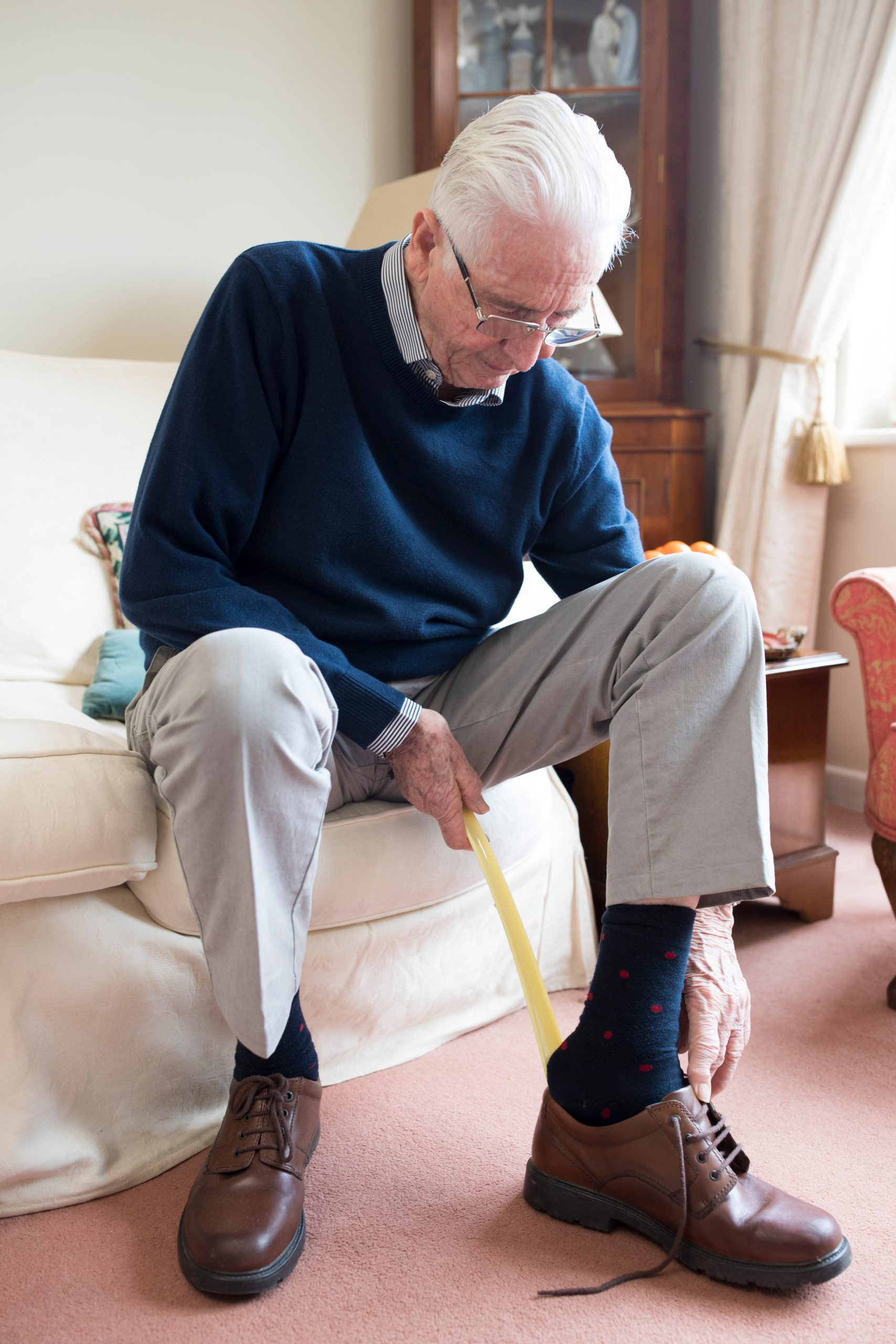The feet, ankles and legs are often the most common parts of the body most heavily affected by oedema. Oedema can be caused by a range of things, and treatment for the condition can involve a combination of supports. Therefore what works for one person, may not work for another. This can be frustrating for clients and often the best way to support clients is to focus on educating them on how they can contribute to a positive solution. This may include education regarding self-directed exercises, changes in habits, as well as ensuring they can live normally.
Top tips for managing oedema:
- Activity: Oedema should not prevent clients from doing activity. While standing too much can have a negative effect, exercise and activity has a positive effect – so activity or movement is a must!
- Heel lifts: the calf is a vital muscular pump in the legs which is responsible for assisting with venous return. Individuals who have reduced activity are not activating the pump in the calves, learning how to get a good calf pump going can help a lot.
- Elevation: give the legs a break and take gravity out of the equation. Elevating the legs for interims during the day can assist with venous return. Going for a walk is great – but equally, a quick 15-minute sit down with the legs raised can reduce the strain on the lower limb blood vessels.
- Shoes that fit: Oedema often fluctuates, so having the right shoes is important. Oedema that fluctuates on any given day presents a challenge when it comes to finding the right shoes. A fully adjustable sandal with three straps (one at the rear and two on top), provides an option that can be used regardless of the oedema.



